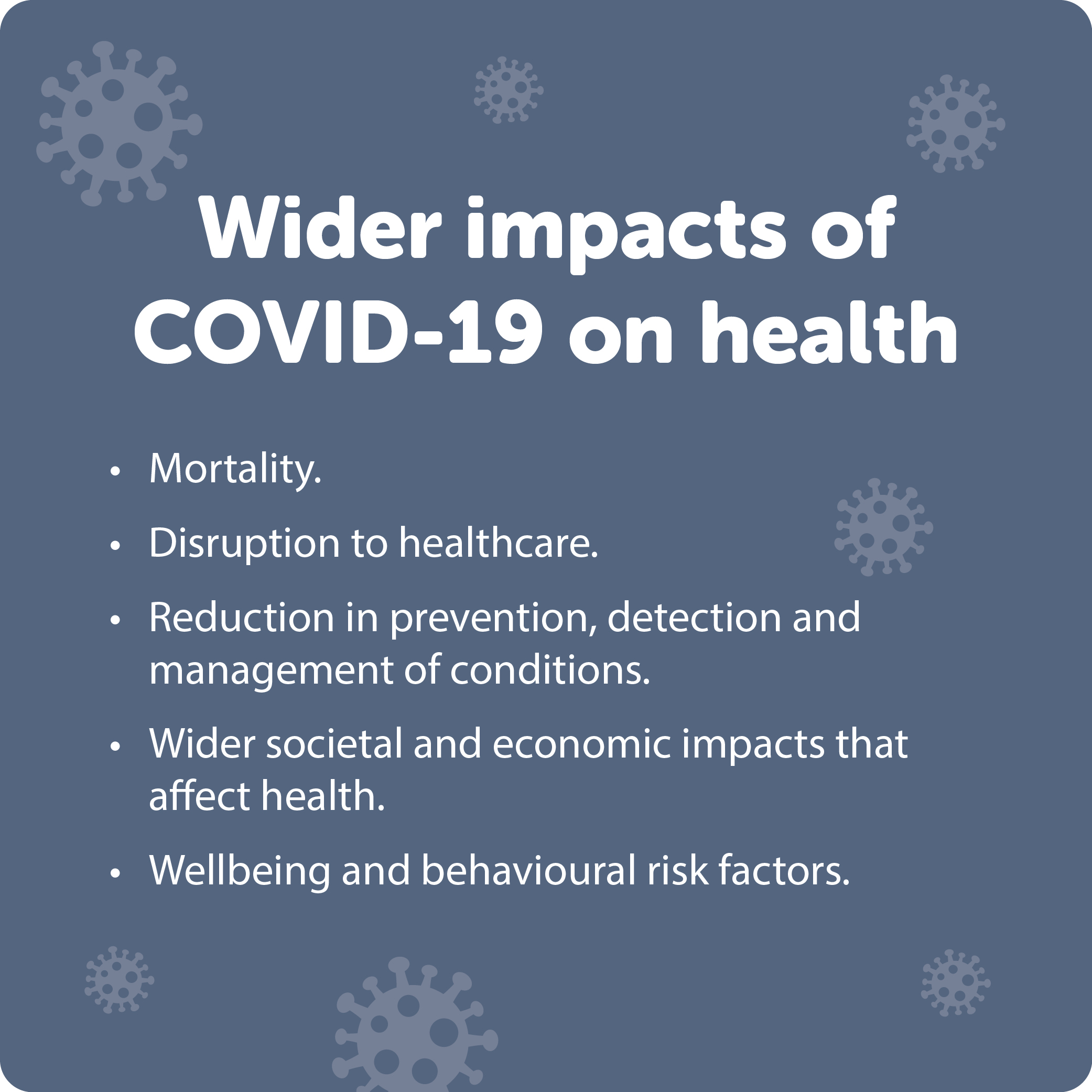Life expectancy is a good indicator of the overall health of a population. The upward trends seen for decades have stalled in recent years, due in part to early deaths amongst middle aged people in disadvantaged groups. It is also affected by a slowdown in those deaths which could be prevented using healthcare or public health interventions (such as heart disease and type II diabetes)
Over the last 20 years our population has become healthier but an increasing numbers of people experienced the burden of long-term conditions such as osteoarthritis, depression and diabetes.
Cancer replaces ischaemic heart disease as the main cause of death in the 1990’s and in recent years, dementia became the second most common cause for females. Dementia places a huge burden on formal and informal care – with higher health and social care costs than cancer and chronic heart disease combined.
Widening Inequalities
Our Ten Facts about population health remain as true today as when we wrote about them in 2019, but as the experiences of the last two years have shown us that the effect of inequality and disadvantage on health is magnified.
- 99,000 fewer referrals than normal to healthcare in Grampian during March 2020 to January 2022
- 16% fewer cancer diagnoses in Scotland made in 2020 compared to 2019
- Young people, especially those already disadvantaged, may struggle to make up for lost opportunities for education and social development with lifelong consequences for health



